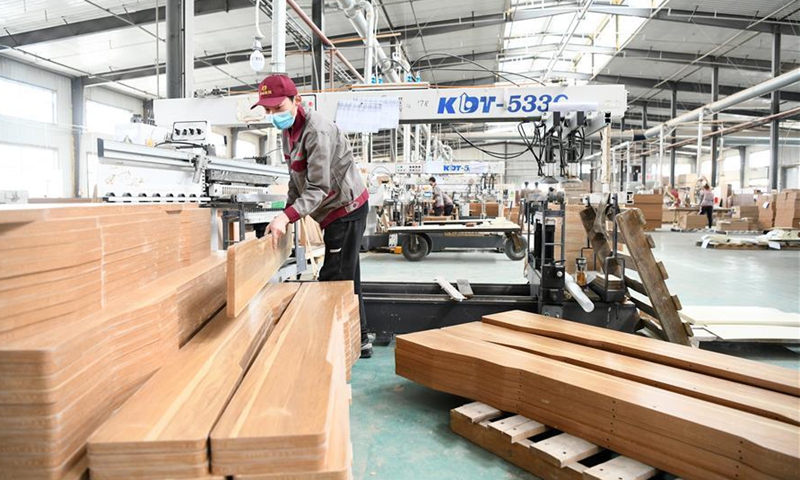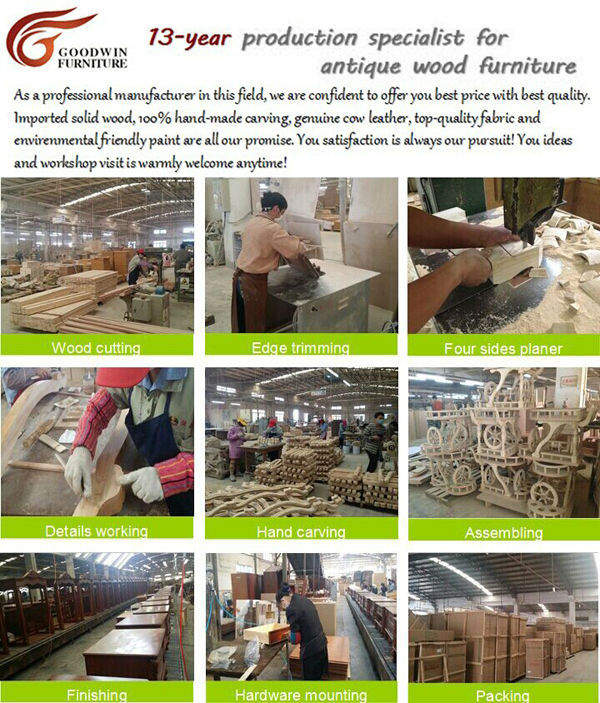Here's a comprehensive guide to studying the materials of an Chinese furniture maker like OPPEIN.
1. Learn about the different types of materials Utilized:
You should familiarize yourself with all the components that are used in the construction of furniture. Solid wood, MDF, particleboard, MDF, and even laminates are common options. Each material has its own unique set of characteristics, advantages and disadvantages. Solid wood is the most durable, visually appealing and cost-effective. Engineered wood products such as MDF are more flexible and less expensive. Knowing what to be looking for will allow you to make a well-informed comparison between different manufacturers.
2. Look for certifications
Look for certificates that indicate material safety and standards. Certificates such as CARB certification (California Air Resources Board), indicating the compliance of formaldehyde levels in wood, or ISO certifications for manufacturing quality management, can be a proof of a firm's commitment to manufacturer to make high-quality products. These certifications can guarantee that the products are safe and comply with international standards.
3. Take a look at the wood grades
You should inquire about the quality of wood used by the manufacturer if it makes use of solid hardwood. The wood is graded based on its appearance, durability and intended use. The A and B grades have fewer defects and knots, resulting in a better-looking finish. Understanding the wood grade can help you evaluate the durability and quality of the furniture.
4. Examine the Surface Finishes:
The finishes on surfaces have a major impact on the durability and beauty of furniture. High-end finishes are smooth, even, and resistant to stains or moisture as well as scratches. To test different finishes get samples and ask questions regarding the application method (e.g. curing time, multiple coats).
5. Take a look at the Hardware Components
The hardware used in furniture, such as handles, drawer slides and hinges play an essential role in its overall quality and function. Assess the materials and structure of the hardware. Good furniture is robust, user-friendly and durable against wear. Pick brands or specifications with an excellent reputation for high-quality, such as soft-close mechanisms for drawers and on doors.
6. Inquire About Sourcing and Sustainability:
Examine where and how the manufacturer sources its materials. Sustainable sourcing isn't only good for the environment, but it will also indicate an interest in quality from a manufacturer. Find out where the wood originates from and whether the trees are properly managed. Quality standards are often higher for manufacturers who prioritize sustainability.
7. Samples of products:
Request models or samples of furniture you are contemplating. You'll be able look at the furniture as well as its materials. It is important to pay careful attention to the design and weight as well as the feel of the samples. A piece that is well-constructed should feel sturdy and solid without any signs of weak points.
8. Inquire about Testing Procedures
The manufacturer ought to be capable of providing you with details on whether or not they test materials for their durability and performance. Most reliable manufacturers conduct tests to determine wear resistance, moisture resistant, and the strength. Understanding their testing methods can give you the confidence to buy their products, since it shows their commitment towards quality control.
9. The Transparency of a businessman's operations:
A reputable producer should be honest and transparent regarding the materials they employ and the production process. They should not have a problem with providing information on the types of materials that they employ, their sourcing procedures, and any certifications. This may indicate that the products of the manufacturer are not of a high-quality.
10. Review Customer Feedback and Reviews
You may also check out reviews or testimonials left by former customers. The feedback you receive on the material, quality, overall satisfaction and many other aspects can be a valuable indicator of what to be expecting. You can determine the credibility of a manufacturer by noticing common themes, for example complaints about material quality or praise for the durability.
The final conclusion is that evaluating the materials from the Chinese furnishings manufacturer such as OPPEIN is a complex procedure that requires a thorough assessment of numerous factors. This includes the types of materials, customer feedback, and certifications. Use these steps to make an informed choice. Furniture will satisfy your quality expectations. Read the recommended Italian kitchen brands for website advice including contemporary kitchen design, modern kitchen design, modular kitchen cabinets, design wardrobe, armoire furniture, two tone cupboards, stand alone kitchen cupboards, kitchen unit manufacturers, white closet armoire, types of cabinets and more.

Top 10 Tips For Assessing The Lead Times And Capacity Of A Chinese Manufacturer
This is a guide to evaluating the production and lead times of an Chinese furniture maker such as OPPEIN. This is especially helpful when you're thinking about custom furniture, such as kitchen cabinets or wardrobes.
1. Request a complete Production Schedule
Begin by asking the manufacturer to provide an exact timeline of production. This should include timelines for each phase of the manufacturing process, from raw material sourcing to the final assembly and delivery. The timetable can help you to determine whether the capacity of their production is in line with the deadlines for your project.
2. Inquire About Standard Lead Times:
Ask the manufacturer for their typical lead times for different kinds of furniture. Lead times can be affected by the complexity of the product and customization options in addition to the quantity of orders. You can evaluate the potential of the vendor's ability to complete your order quickly by determining the lead time for the product you're considering.
3. Examine the ability to handle massive orders:
It is crucial to determine the capability of the manufacturer to manage massive orders. This will be especially essential if a project of this magnitude, such as furnishing a hotel or a series of apartments, is in your plans. You should ask what the manufacturer's maximum production capacity per product line. Also, determine whether it is able to scale production up during times of peak demand.
4. Know the impact of the customisation of lead times.
It's crucial to know how the manufacturer handles this. A typical custom order will take longer than regular orders. A company that communicates clearly the impact of customizing lead times demonstrates transparency and reliability.
5. Flexible Production Scheduling:
A manufacturer must be able to adjust production schedules if necessary. It is likely that timelines for projects will change. This may require manufacturers to be able to rapidly adjust. A manufacturer who is able to adapt time frames and prioritize urgent orders is better able to adapt to your needs as they change.
6. Examine Workflow and process efficiency:
The effectiveness of the manufacturing process. Ask about the manufacturer's workflow, the automation process and lean manufacturing practices. A manufacturer who uses efficient processes and the latest technology is likely to offer shorter lead times as well as a higher capacity for production. This can enhance your overall experience.
7. Verify the Backup Production Capacity:
In the event of unexpected issues such as equipment failures or disruptions to the supply chain, it's essential to know what contingency strategies are in the company's contingency plans. If they have backup capacities for production or alternative material suppliers, ask them. A business with strong contingency plans is better equipped to handle unforeseen challenges without having a significant impact on lead times.
Review Performance Metrics for the past:
Request information about the past performance of the manufacturer with respect to lead times production capacity, lead times, and other factors. This could be information about the average lead times for various types of items, their on-time delivery rates or other historical trends regarding production capacity. You can gain insight through analyzing this information.
9. Examine Communication During Production:
Communication is crucial throughout the entire production process. Ask the manufacturer how they keep its customers informed of the status of orders, particularly if delays occur or lead times are changed. Communication from a manufacturer that is open shows a commitment to service, and helps you control your expectations throughout the entire project.
10. Request references from former clients:
Request references from customers who worked on similar projects in the same way with the producer. Ask these clients about their experience with lead times and production capacity. Positive feedback from previous customers can be a valuable indication of a company's ability to meet deadlines as well as reliability.
To conclude, assessing production capacity and lead times of the Chinese furniture maker like OPPEIN involves a thorough analysis of their production timelines. Flexibility, efficiency of processes and client feedback are all important factors to consider. Following these tips will help you to ensure that your manufacturer can meet your needs and deadlines. View the recommended best door company for more tips including design cabinetry, kitchen cabinets showroom, cabinets modern kitchen, white closet armoire, high end kitchens, cabinet style, color kitchen cabinet ideas, build kitchen cupboards, home cabinets, cheap kitchen cabinets near me and more.
